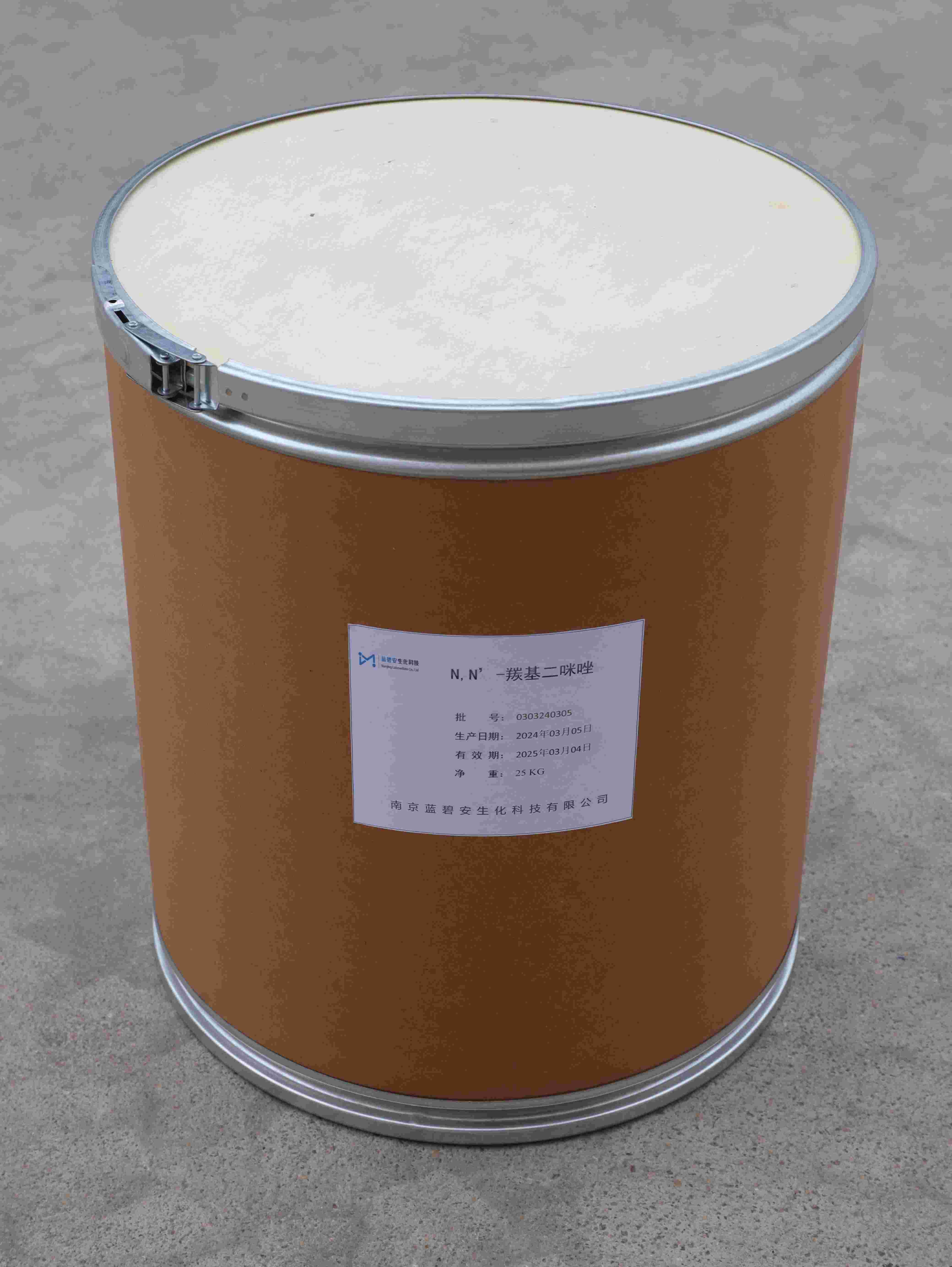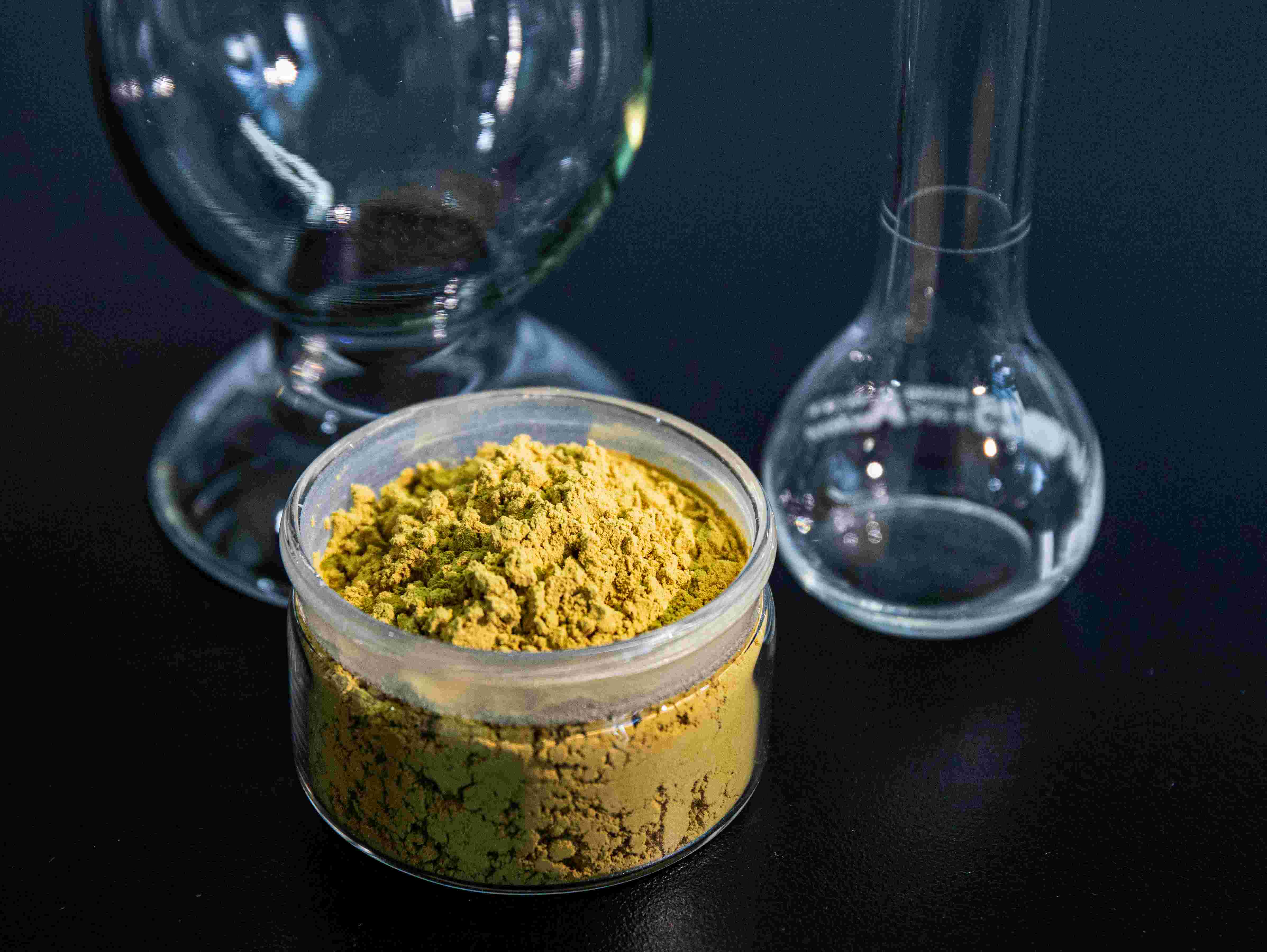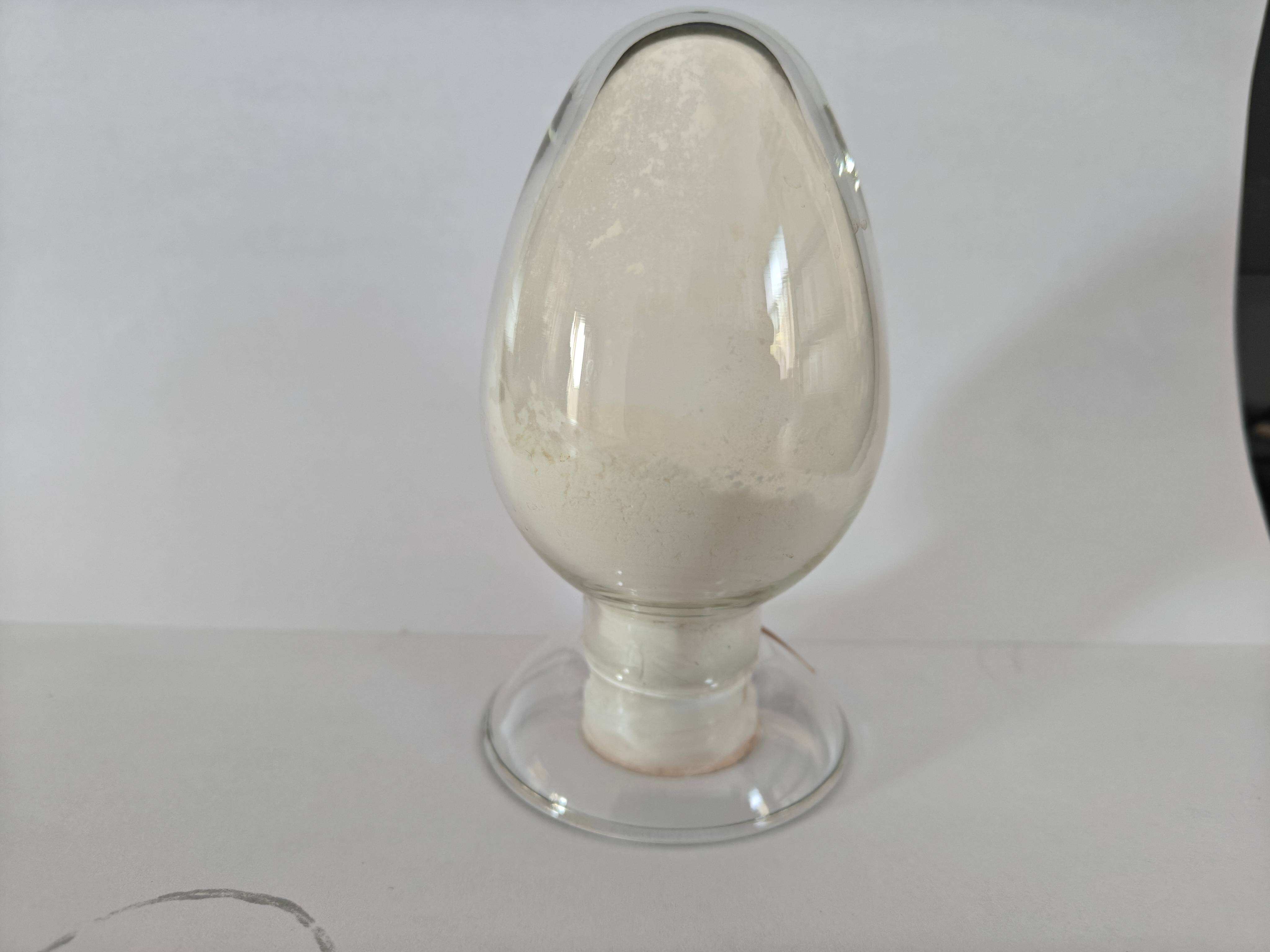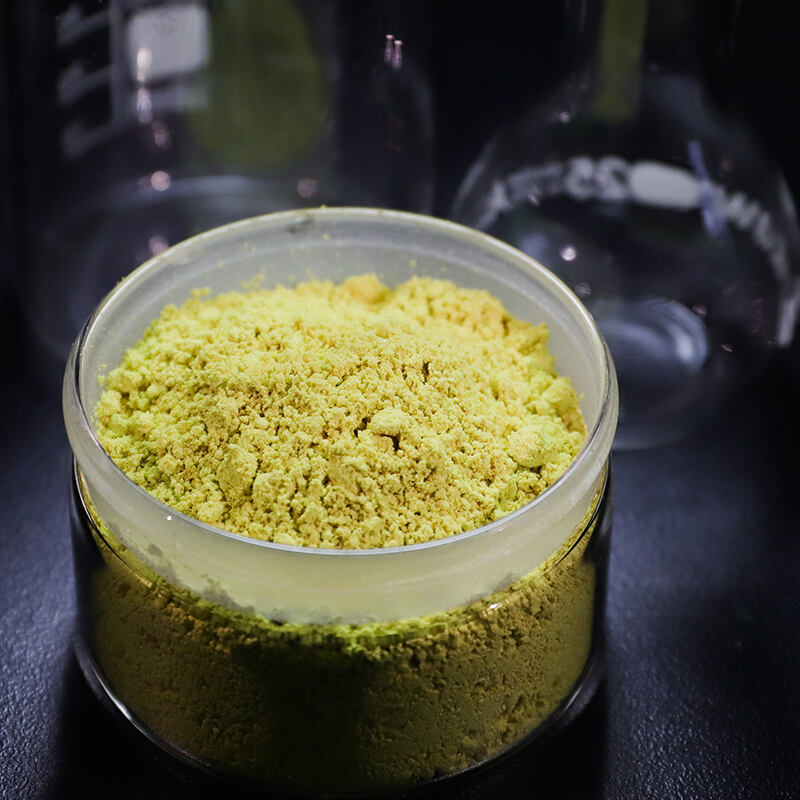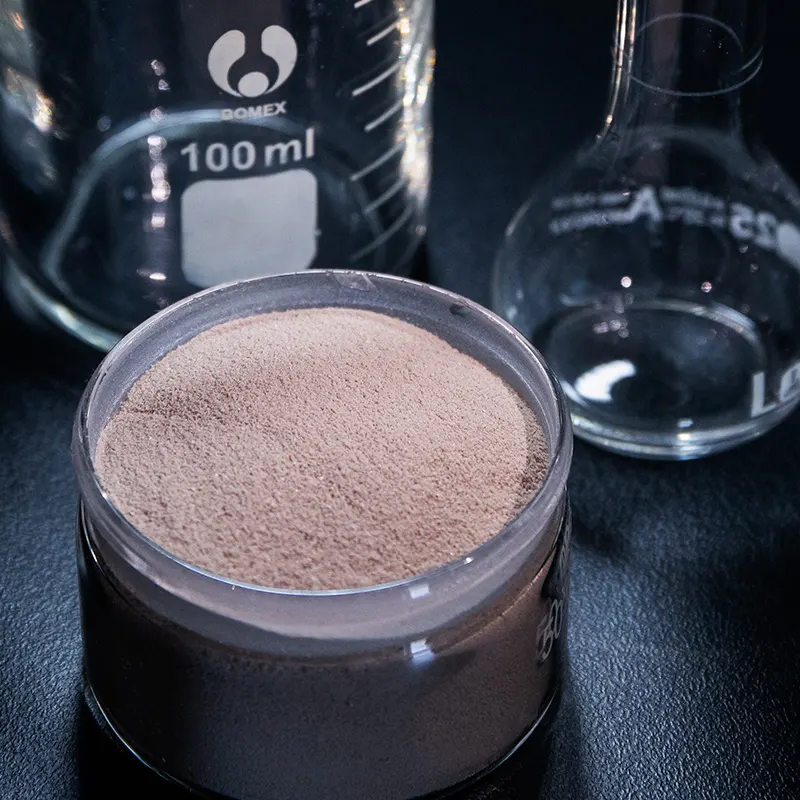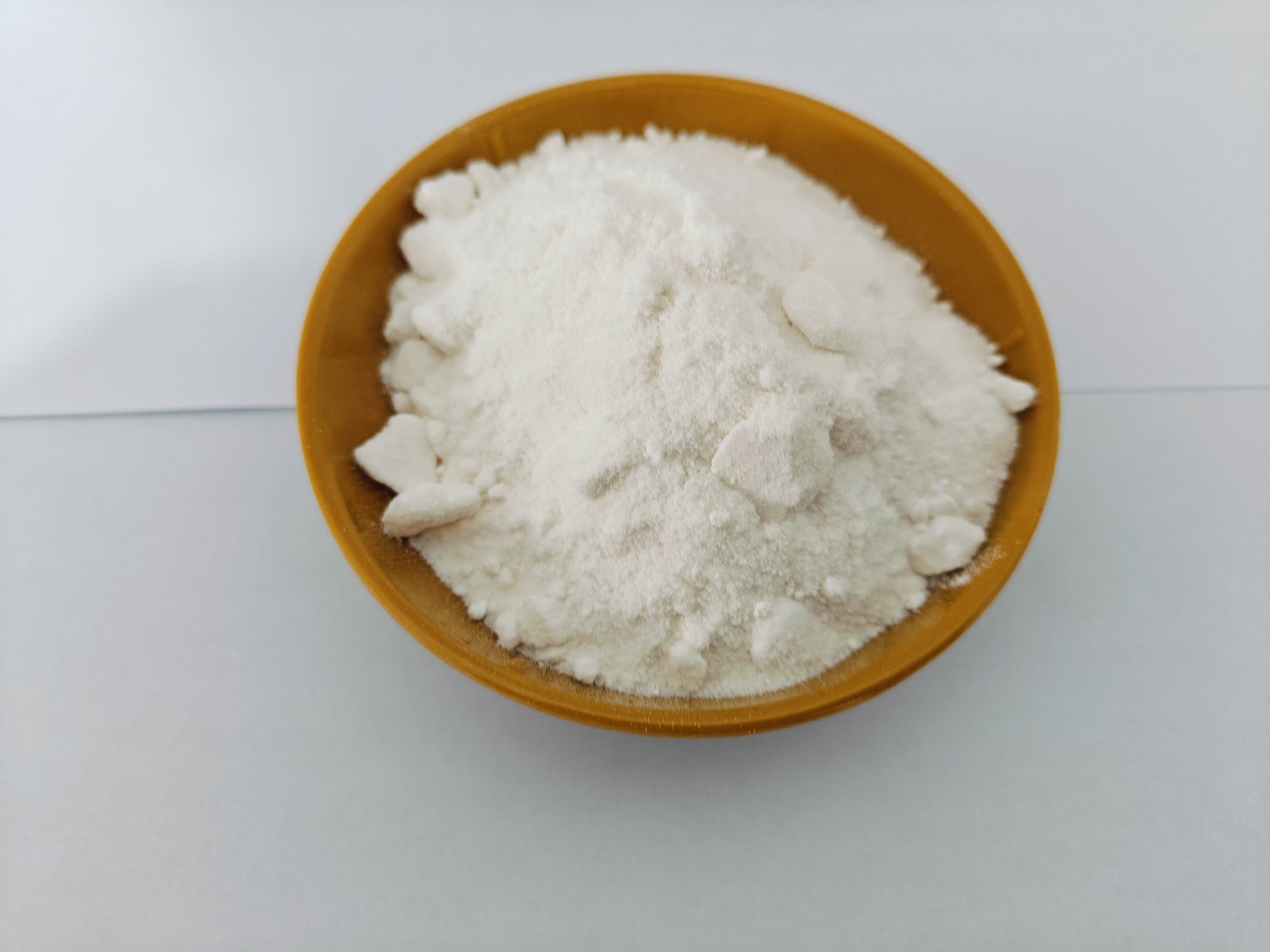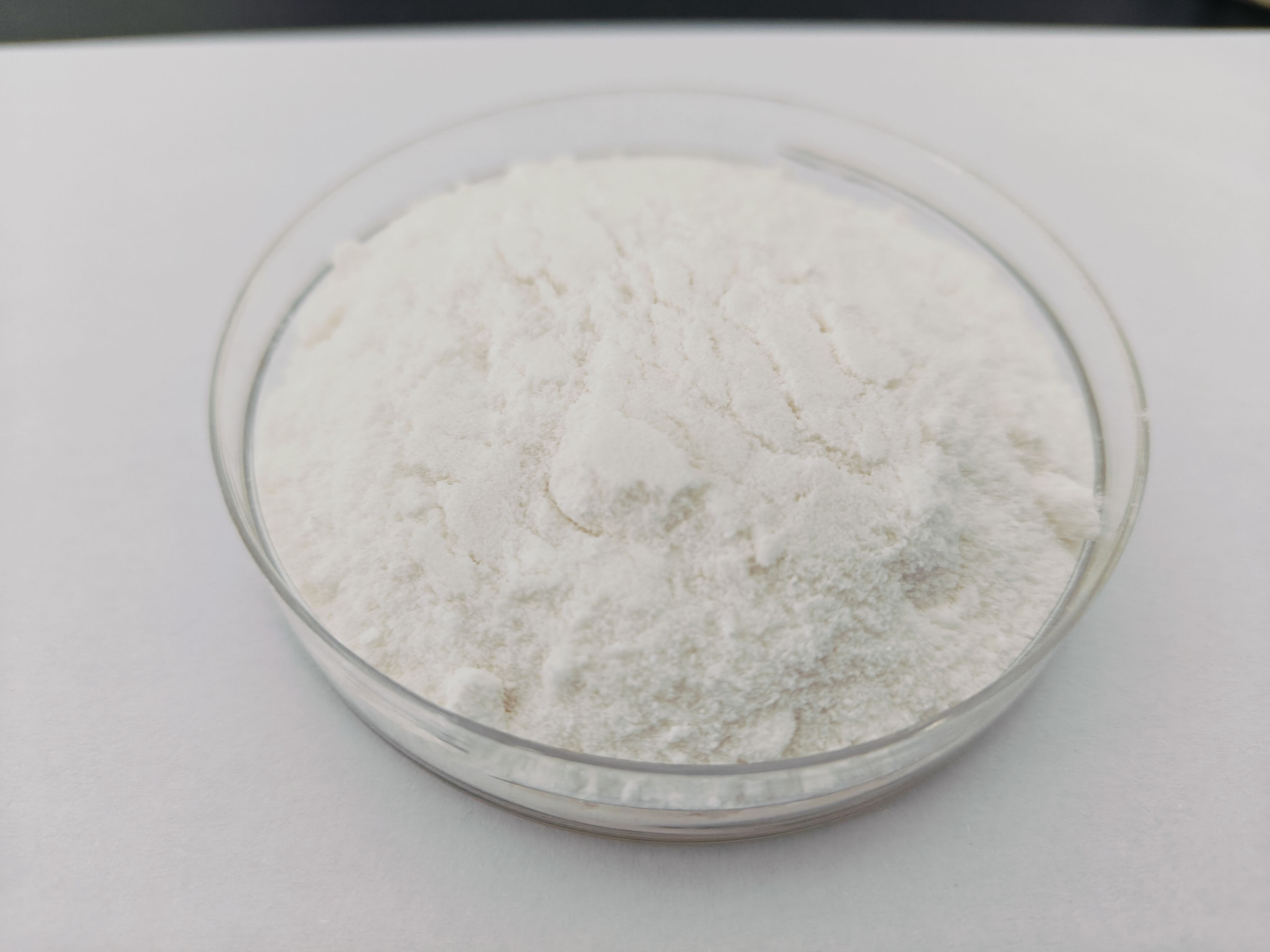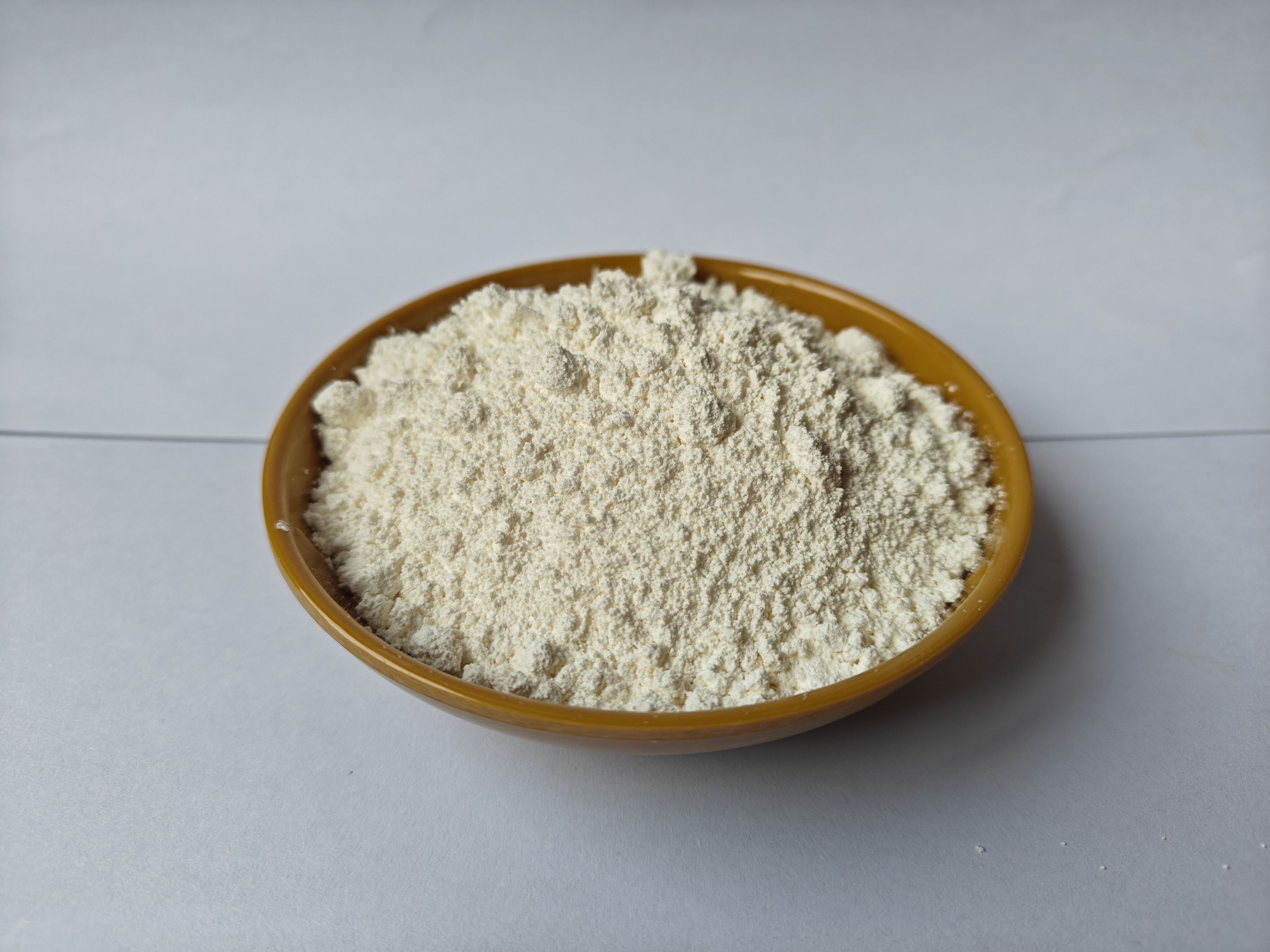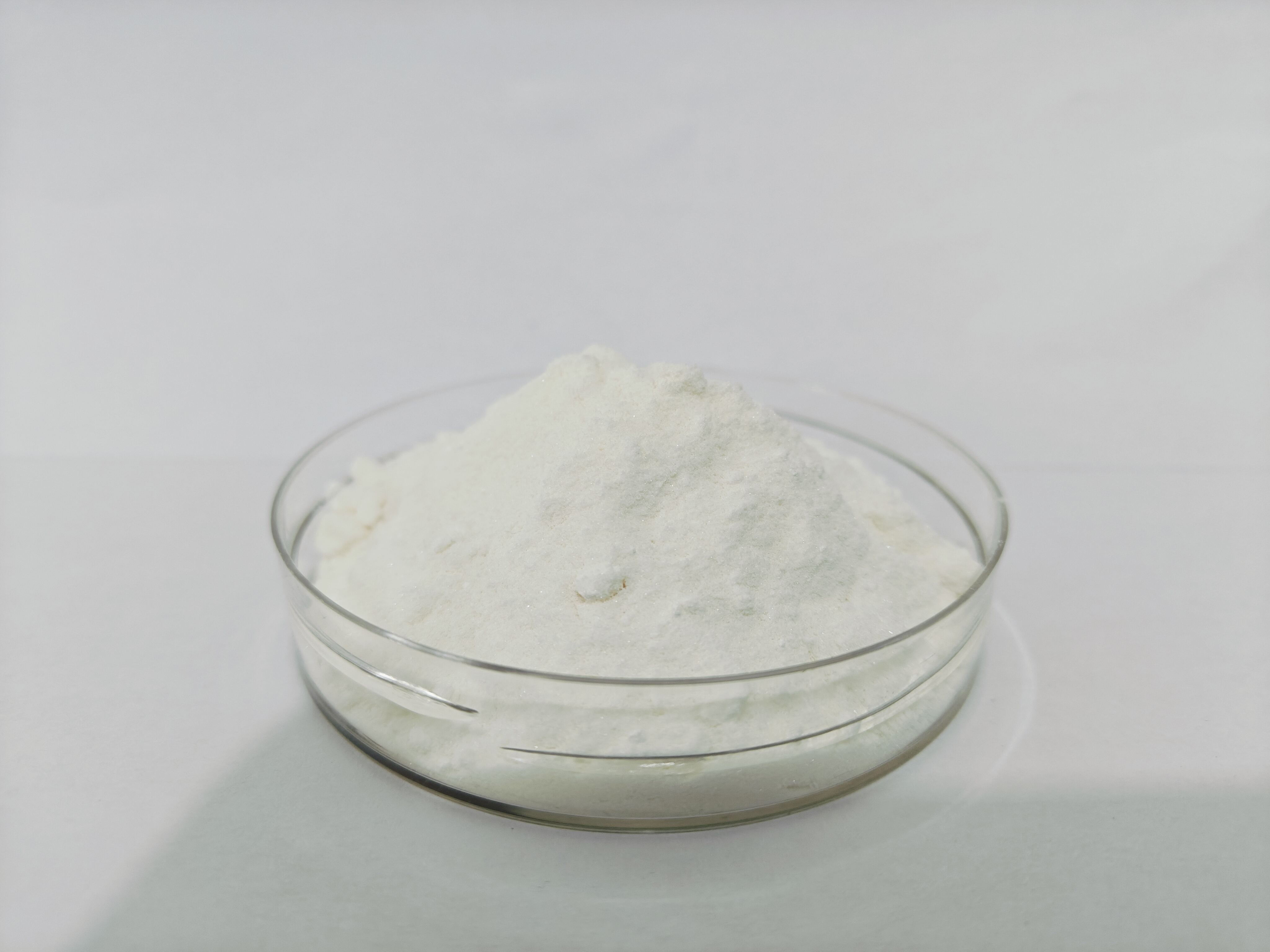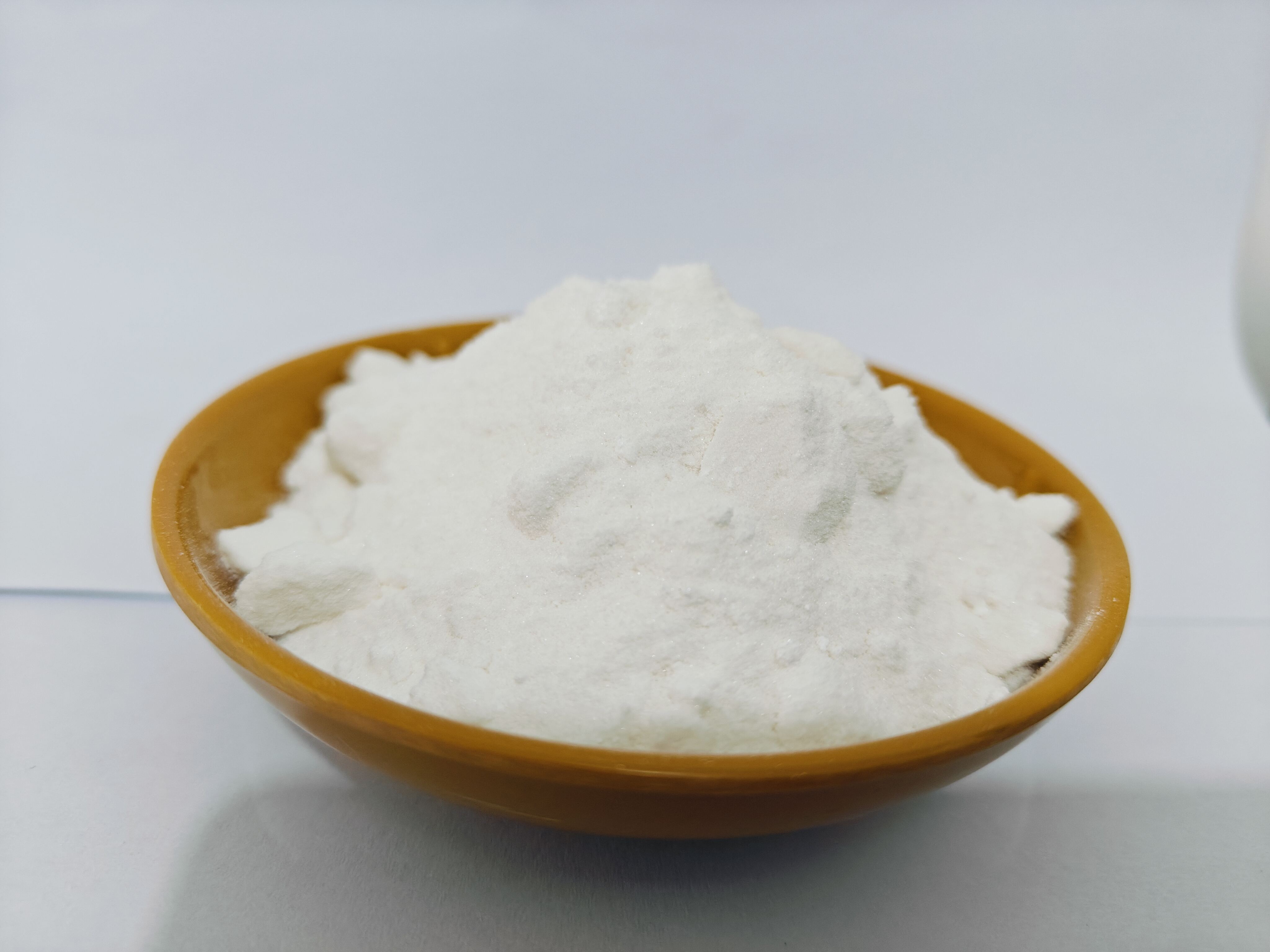emc genees aktivasie-energie
EMC (Epoxy Molding Compound) verharding aktivering energie is 'n kritieke parameter in halfgeleier verpakking wat die energie wat nodig is om die chemiese verharding reaksie van epoksi materiaal begin en volhou bepaal. Hierdie fundamentele konsep speel 'n belangrike rol in die vestiging van optimale verhardingstoestande vir elektroniese verpakkingsprocedures. Die aktiveringsenergie verteenwoordig die minimum energiedrempel wat molekules moet oorkom om aan die kruisverbindingsreaksie deel te neem, wat die vloeibare epoksi-verbinding in 'n vaste, beskermende inkapseling transformeer. Tydens die verhardingsproces beïnvloed die aktiveringsenergie verskeie belangrike faktore, insluitend die verhardingstempo, graad van kruisverbinding en finale materiaal eienskappe. Moderne EMC-formules vereis gewoonlik spesifieke aktiveringsenergievlakke, gewoonlik tussen 50 en 120 kJ/mol, afhangende van die toepassingsvereistes. Die presiese beheer van aktiveringsenergie stel vervaardigers in staat om die produksie-doeltreffendheid te optimaliseer terwyl konsekwente kwaliteit van die produk verseker word. Hierdie parameter is veral belangrik in groot volume vervaardigingsomgewings waar presiese prosesbeheer noodsaaklik is om die betroubaarheid en prestasie van die produk te handhaaf. Daarbenewens help begrip van EMC-hardingaktiveringsenergie ingenieurs om toepaslike termiese profiele vir gietbedrywighede te ontwerp, wat volledige genesing verseker terwyl hittebeskadiging aan sensitiewe elektroniese komponente voorkom.

